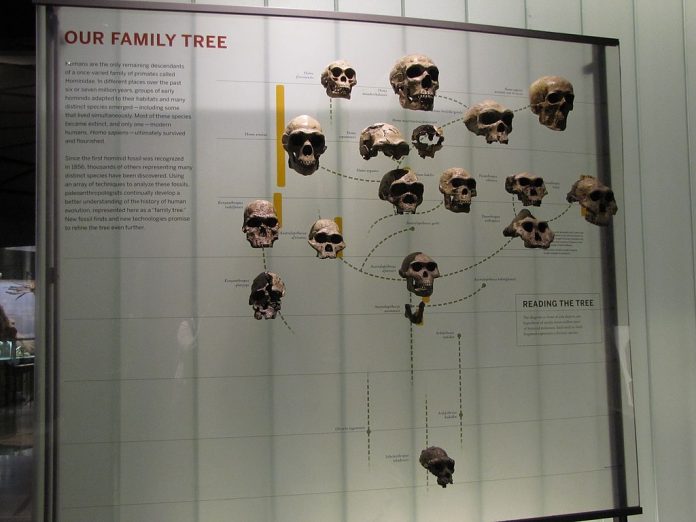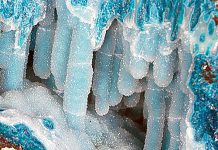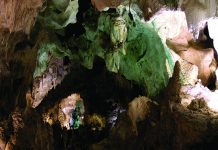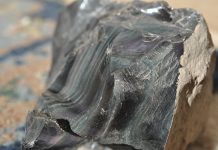
By Jim Brace-Thompson
Some seven million years ago, it is believed, a common ancestor walked the land but then split down two paths. One path led to us (Homo sapiens). The other led to our closest genetic relative, the chimpanzee (Pan troglodytes). Given the paucity of hominid remains in the stones and sediments of the fossil record, debates rage unabated about what that common ancestor looked like and what traits were handed down to hominids that would eventually lead to us.
In a recent issue of the open-access journal Science Advances, a team led by paleoanthropologist Thomas Prang (Texas A&M University) conducted statistical analyses of fossilized hand bones from ancient hominids and contemporary humans and primates. The study included a close examination of 4.4-million-year-old bones from Ardipithecus ramidus (dubbed “Ardi”) and 3.9-million-year-old Australopithecus afarensis (most famously represented by a partial skeleton dubbed “Lucy”).
Both Ardi and Lucy are believed to occupy the path that led to Homo sapiens, and Prang’s team believe Ardi was more chimp-like than human, with hands built for climbing and swinging within trees. Thus, says Prang, our last common ancestor was probably a tree-loving “knuckle-walker” most similar to chimps and other contemporary great apes.
“Hold on!” argue others. Morgan Chaney (Kent State University) says we need to examine more than the hands. Ardi’s palms, wrists, and forearms suggest a critter that would have had some difficulty moving about in trees. Was Ardi built more like chimps, or more like humans? Neither, says Chaney. Ardi was built like, well, Ardi!
The resolution to the debate—should it ever come—relies on still more fossils being dug up from the mists of our distant past here on planet Earth.
Author: Jim Brace-Thompson
 Jim began and oversees the AFMS Badge Program for kids, has been inducted into the National Rockhound & Lapidary Hall of Fame within their Education Category, and is the president-elect for the American Federation of Mineralogical Societies.
Jim began and oversees the AFMS Badge Program for kids, has been inducted into the National Rockhound & Lapidary Hall of Fame within their Education Category, and is the president-elect for the American Federation of Mineralogical Societies.
Contact him at jbraceth@roadrunner.com.
If you enjoyed what you’ve read here we invite you to consider signing up for the FREE Rock & Gem weekly newsletter. Learn more>>>
In addition, we invite you to consider subscribing to Rock & Gem magazine. The cost for a one-year U.S. subscription (12 issues) is $29.95. Learn more >>>
















